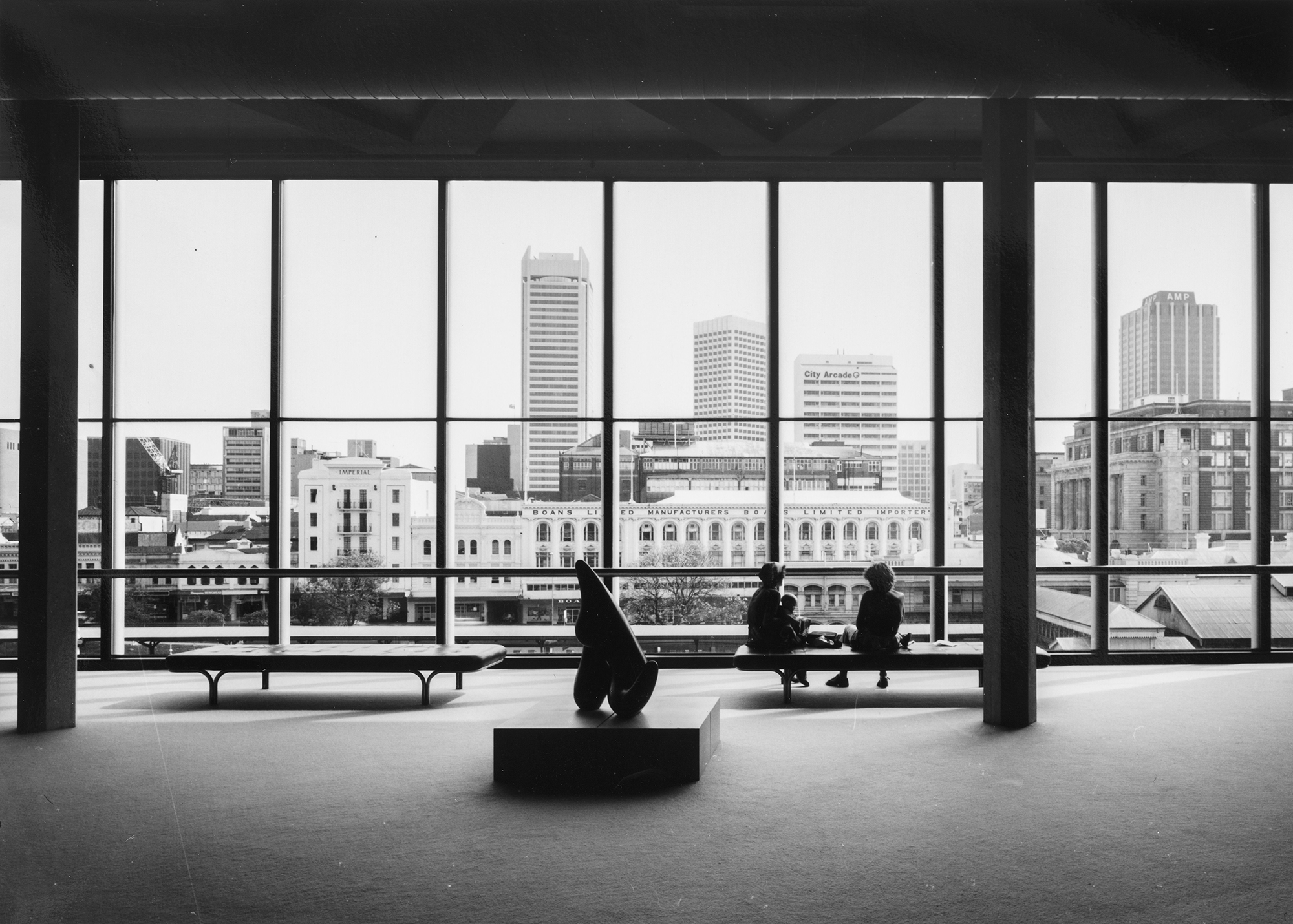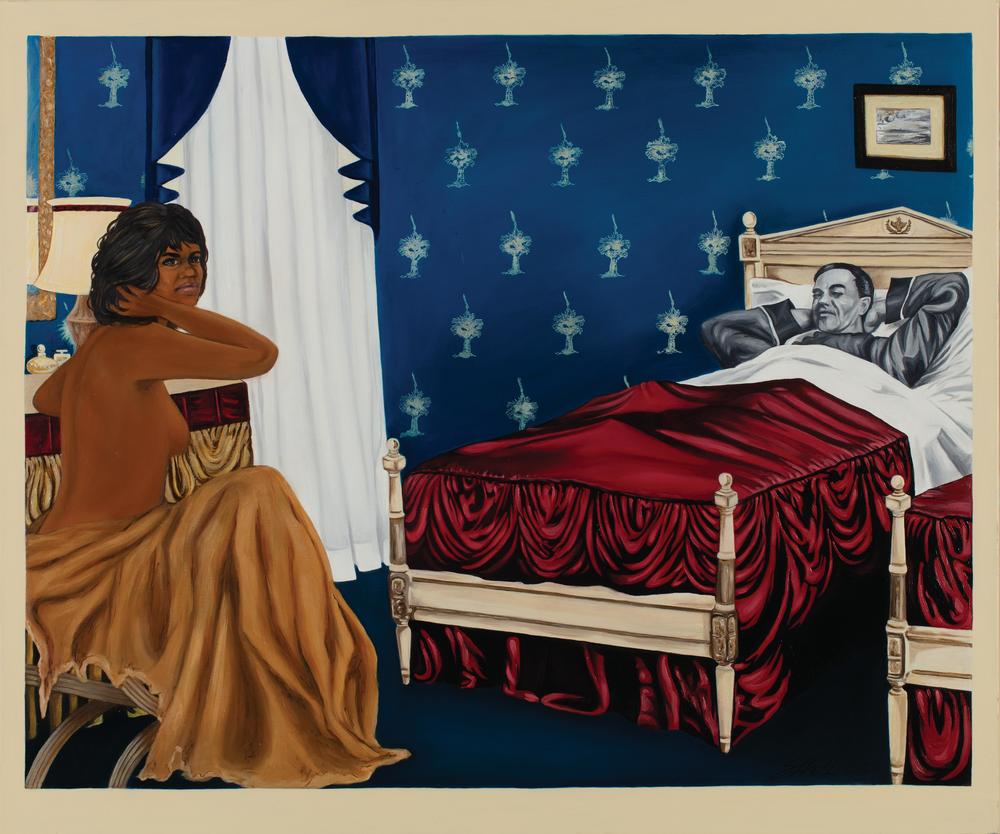Kate McMillan attends to forgotten histories, bringing fresh insight and urgency to the present
Across a diverse artistic practice, Kate McMillan’s loaded visual language tackles often obscured or suppressed issues of climate, politics and gender.
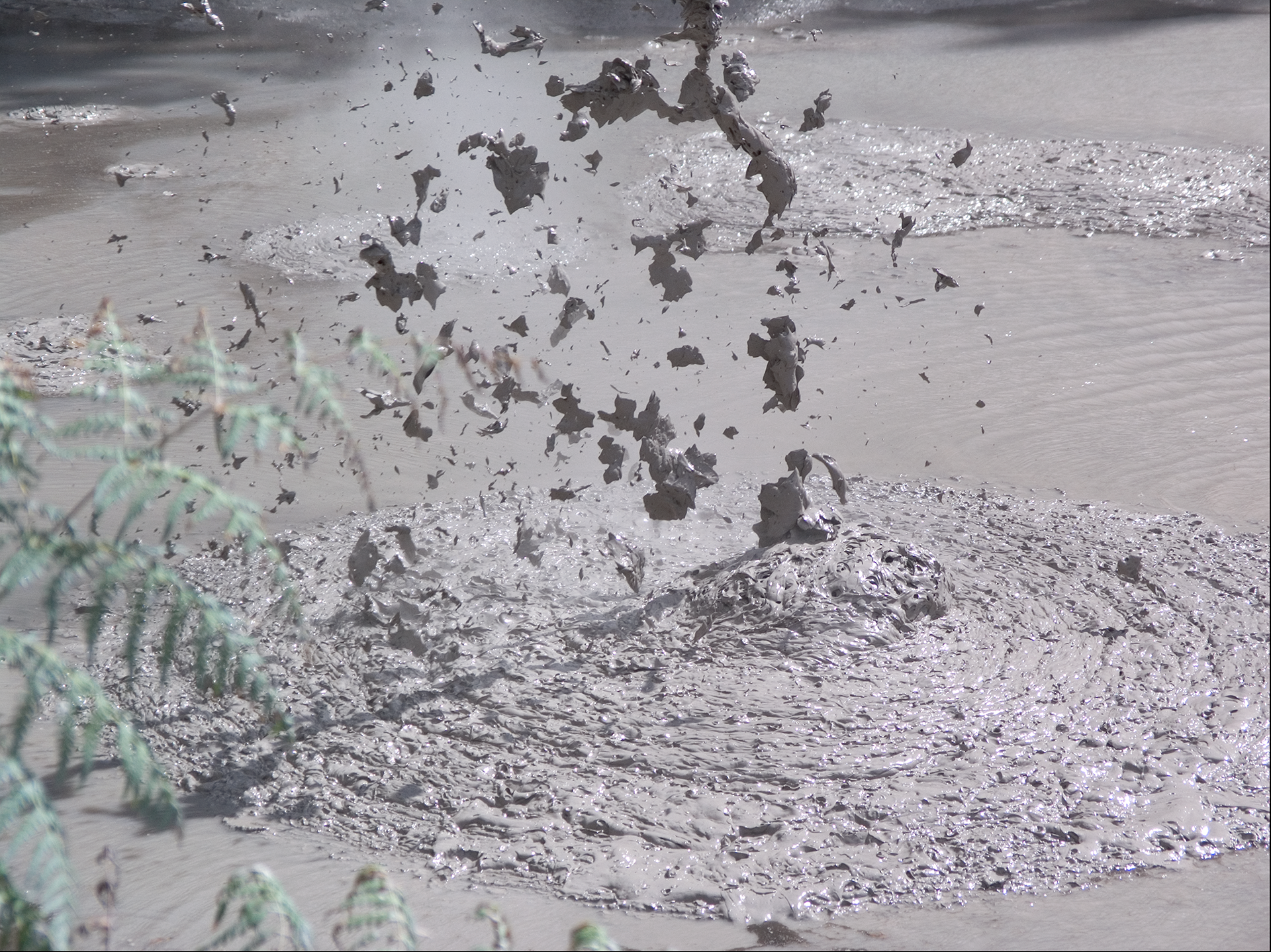
Kate McMillan Trace evidence 2008. Digital print, 90 x 110 cm (framed). Wesfarmers Arts, Perth.
KATE MCMILLAN IS A MASTER of the unsettling and disruptive. Her oeuvre traverses a changing and developing mindscape: there are works of sculpture and object, photographic documentations of both the mundane and the staged, and art-directed filmic pieces that culminate in eerie gallery installations. Together, they trace a personal history as well as a social one, with elements of the forgotten and the obscured ever-present. It’s in her exploration of these forgotten histories that McMillan’s audience might contort as they are forced to confront that which is being revealed.
McMillan, who holds a PhD in contemporary art and lectures at King’s College in London, has made a vocation out of concern with these histories. Both her art practice and academic research engages with postcolonialism, gender inequality and creative resistance; themes that are increasingly intersected with the Anthropocene. As a practitioner, it follows, she is a vocal advocate for climate justice.
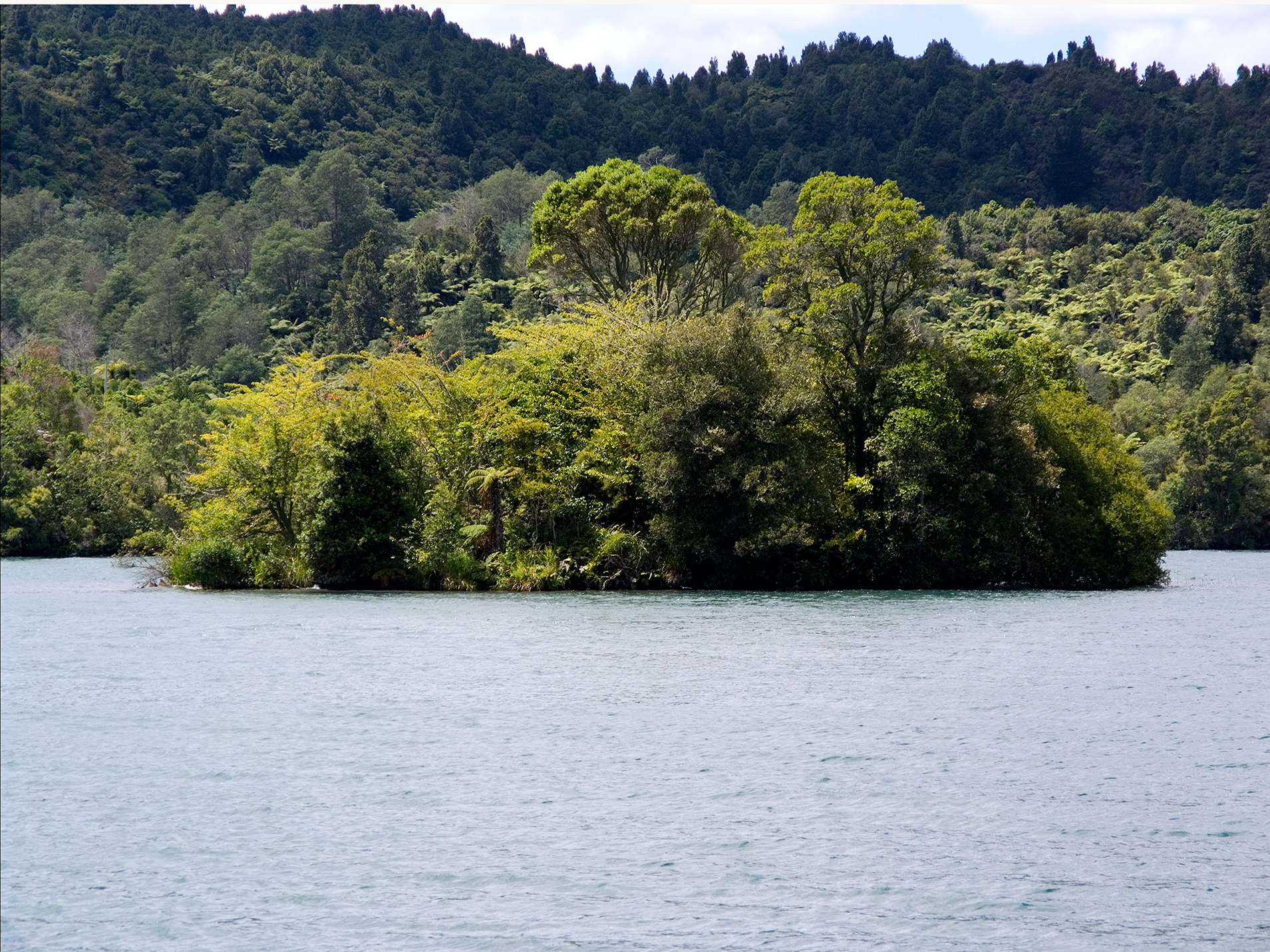
Kate McMillan Lost 2008. Digital print, 105 x 130 cm. Wesfarmers Arts, Perth.
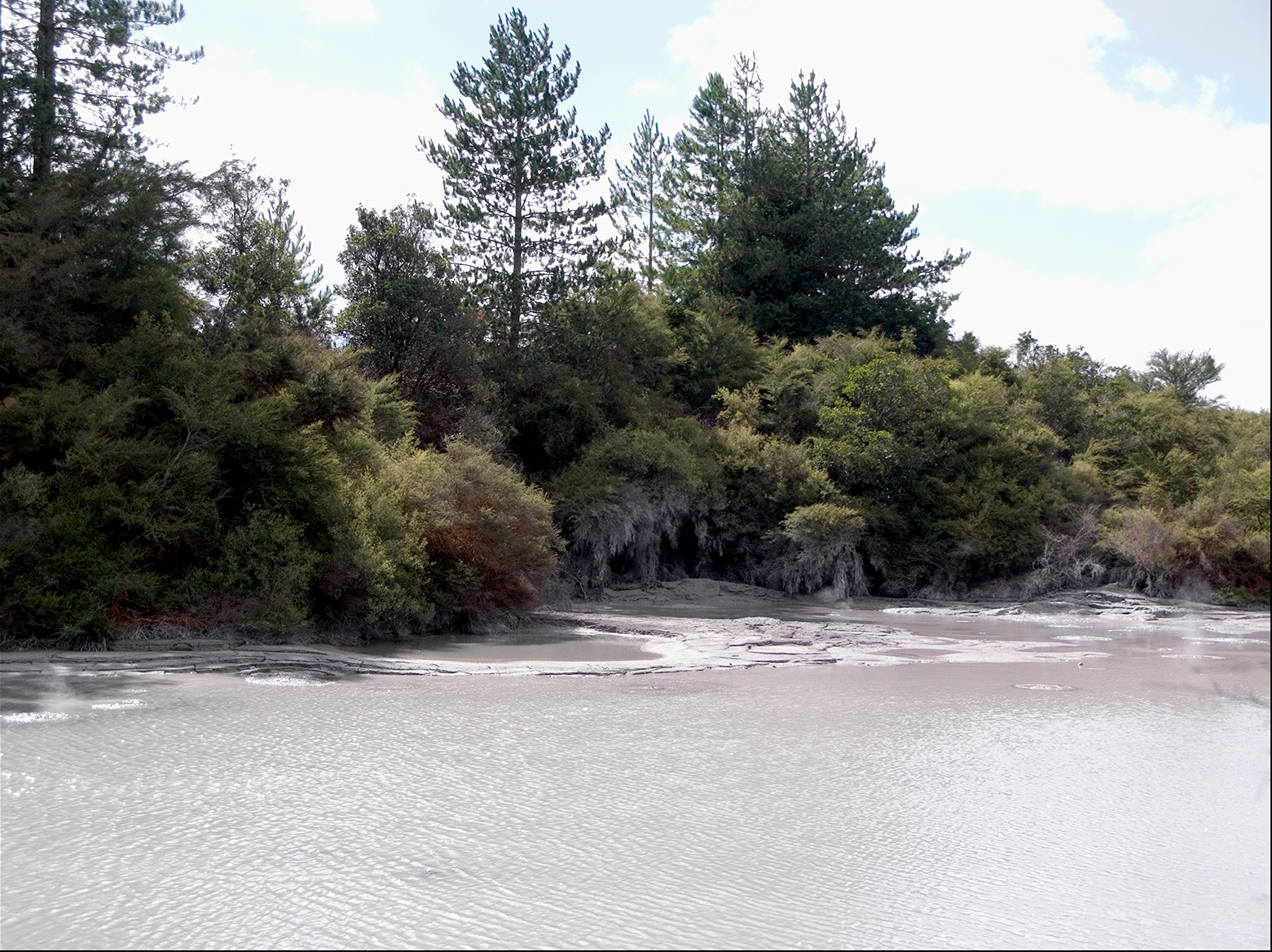
Kate McMillan Forgotten landscapes 2008. Digital print, 130 x 160 cm (framed). Wesfarmers Arts, Perth.
She recalls a wariness of what she was being taught growing up as a white immigrant woman in Western Australia, and reflects on how that’s influenced her life’s work. “I sat outside ‘Australian-ness’ and also the hyper-masculinity that typified suburban Australian life,” she says.
“This context was amplified through my engagement with Wadjemup [Rottnest Island], growing up looking out to this island and not knowing its history. This sense of amnesia, and avoidance, coupled with the experience of being ‘outside culture’, engendered in me a sense of suspicion about the knowledge I was being taught—and importantly, what I wasn’t being taught.
“Consequently … my approach is linked to gender, the global south, and climate change, and these issues are linked through the suppression of knowledge that does not serve the corporate, masculinised neo-liberal state,” she says.
“My approach is linked to gender, the global south, and climate change, and these issues are linked through the suppression of knowledge that does not serve the corporate, masculinised neo-liberal state,” McMillan says.
This is an artist who is deeply engaged with the world around her and whose practice swells with a narrative that penetrates far beyond that which the eye can see.
Yet, what the eye does see is gently, but profoundly, provocative. A vignette of five of McMillan’s works feature in The View From Here exhibition. Four of these works—Forgotten Landscapes, Lost, Trace evidence and Somewhere between loss and losing—are photographs from her 2008 work, Lost. The images are of New Zealand’s Lake Tarawera, the site of McMillan’s late father’s childhood holiday home, as well as that of a devastating volcanic eruption in the late 19th-century that buried nearby village Te Wairoa. Ethereal and meditative, the displayed stills encapsulate McMillan’s approach: they start with a personal story or place, and build from there with layers of intertwining meaning.
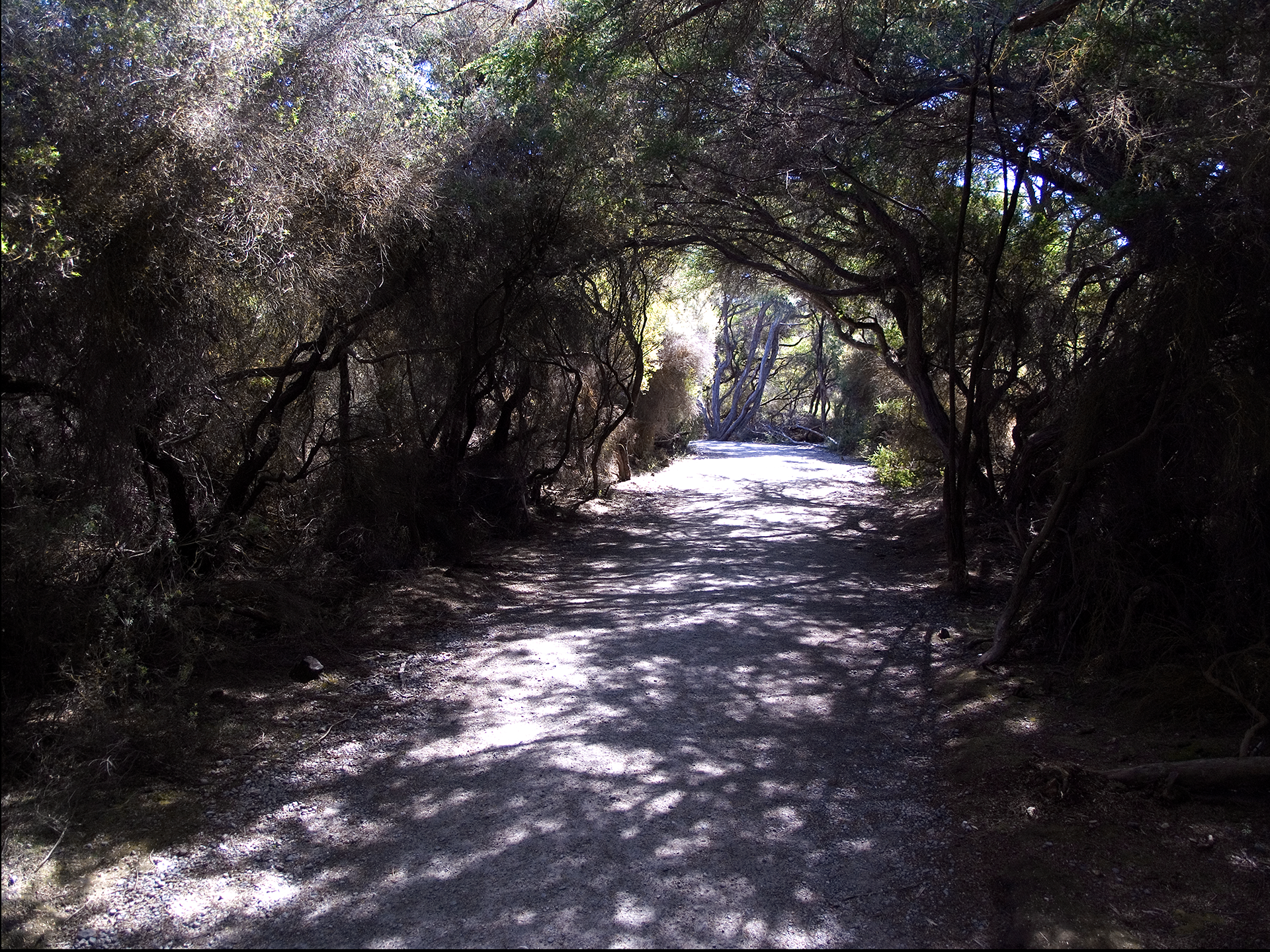
Kate McMillan Somewhere between loss and losing 2008. Digital print, 105 x 130 cm (framed). Wesfarmers Arts, Perth.
Accompanying the framed images is Instructions for another future VI (2018), a textile work from a silk and velvet series. Here, McMillan utilises “hagstones”, which were used in pre-Christian times by “wise women” who were said to be able to see the future through the naturally formed holes in the stones. Later, the role of older women as sages was dismantled and pushed underground, and McMillan’s use of them in her work is an attempt to reclaim this history. “I am interested in exploring how visual language can contribute to the unforgetting of women’s histories,” she says. An image of a hagstone is, in this case, digitally printed onto draped silk; its texture and details revealing themselves differently from different angles, rewarding different ways of looking.
The work’s intersection with climate change is again intrinsic. The title’s reference to instructions coming from some future time embeds in the work our obligation as humans to listen in the broadest, and deepest, sense—and to be present to how our actions today have ramifications for tomorrow.
“The non-human world has a voice we must urgently listen to,” McMillan says. “I describe myself as a cynical optimist. I hope for the best and plan for the worst. But I have very little optimism for the non-human world. Unless there is a fundamental reshaping of the corporate state, which unshakeably prioritises short-term profit ahead of long-term balance, we are doomed.”
This article was first published in the print publication The View From Here in October 2021 under the title Forgotten Histories.
